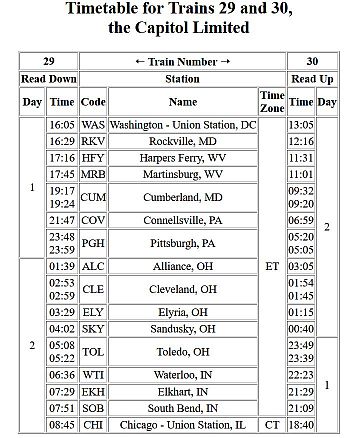I’ve been yakking about how I’m working on a database access library, so maybe I should show you my current design to prove it. 😎 This should be the last of the dorky programming posts for a while.
The C++ standard library has nothing like the java.sql.stuff. There are some third-party libraries out there, but they seem kind of klunky to me, and I suspect that they don’t scale up to real world use cases. This makes C++ a really bad choice for use in the good old “business data processing” domain.*
I wanted a design that more closely matches common C++ idioms (container/iterator for example) so that coders wouldn’t have to learn a whole new way of thinking. It’s by no means an exact match (cursors are not really iterators, for example); but I think it’s the same general idea.
I’m not ready to share any code yet. Indeed, some of it might embarrass me. 😎 For a variety of reasons, it’s been a couple of years since I’ve worked on it; and I need to review some ODBC ugliness that I’ve forgotten to finish the SQL/CLI implementation. I haven’t even started on the Web client business which needs to be part of the proof of concept since I claim that I can make it work.
If there’s anybody out there who thinks this is basically a good design and would like to run with it themselves, I’ll happily share what I’ve got so far (probably about 1500 lines of code, not really a big deal yet). I’m currently stuck on conversions between C++ and SQL types, which is central to making cursors work and depends on some ODBC stuff that I can’t remember.
My goal of getting WG21 to publish this in a TS will probably never be realized, but I think it’s worth doing anyway. I’ll implement the rational number that I mentioned in the previous post first just to have some fun and get back in the groove; then I’ll see whether I can restart the work on the database library.**
*Business data processing will probably never be more than a niche market for C++, but that’s where the bulk of my experience is and so it’s what I know most about.
**My local PBS affiliate is starting up its quarterly pledge fortnight, so I shouldn’t have much TV to watch for a couple of weeks. 😎



